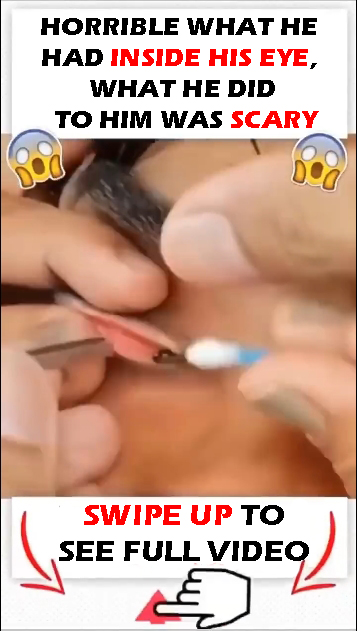The external stye is one of the most uncomfortable visual abnormalities out there. They almost always have a puffy, red appearance and are located near the edge of the eyelids, right in the area where the lashes are born. Do you have any idea how to combat them? What are the most effective treatments for it?
Causes of the appearance of an external stye.
The external stye is basically formed by a bacterial infection in the eye area, which activates the sebaceous glands, which are the ones that produce the natural oil in this area of the body, and it materializes with the appearance of the small bumps that we all know or that we have ever suffered in the first person.
It is necessary to differentiate the stye from the chalazion. While the stye is usually an acute problem, the chalazion is chronic in nature, tends to develop farther from the edge of the eyelid than the stye and appears when one of the sebaceous glands of the eyelid (Meibomian) becomes enlarged and its opening becomes obstructed. due to fat.
Although people with a natural tendency to eyelid inflammation are more likely to suffer from this visual abnormality, no person is exempt from having an external stye; we are all exposed.
Symptoms of the problem
Now, it may not be necessary to wait to have full evidence of the lump in this area to realize that we have an external stye. It is also possible to anticipate this after finding other symptoms such as the following:
Gritty and painful sensation in the eyes, which occurs occasionally at first but then becomes permanent.
Excessive sensitivity to light.
Inflamed eyelids, as external styes sometimes take several days to materialize. Its presence is sensed by the inflammation or protrusion of the areas near the eyelids and their red coloration.
Constant tearing as a result of the bacterial infection that has given rise to the stye and the discomfort that the ocular apparatus entails having to work with an external element.
Internal stye and external stye
It can be said that there are two types of styes:
Internal stye. It grows on the inside of the eyelid and is usually caused by an infection in one of the fat-producing glands of the eyelid.
External stye. This type of injury usually begins at the base of the eyelashes and is usually caused by an infection in the hair follicle. Sometimes it is mistaken for a pimple.

External stye, what treatment to apply?
In most cases, the external stye goes away within a couple of days. However, when this is not the case, the best alternative is to consult our ophthalmologist to know exactly which external stye treatment to apply and, above all, to rule out that it is the symptom of a more serious infection or a more complex visual problem.
Each case is obviously different. However, when treating the symptoms of an external stye, considerations such as the following are usually attended to:
The ophthalmologist may recommend applying compresses soaked in warm water on the affected area, which should be applied three or four times a day for 10 or 15 minutes. This simple procedure will help the stye drain properly and eliminate the bacterial infection that caused it.
It is recommended not to touch or squeeze the affected area during treatment, otherwise the infection will take time to disappear and, in the most severe cases, it can spread over the area where the stye has appeared.
If the stye does not disappear or if after removing it, another appears almost immediately, the most common solution is the prescription of an antibiotic cream. But if the expected result is still not achieved, it is likely that the ophthalmology specialist will need to perform a puncture so that the infection is completely eliminated.
recommendations
We must also take into account some recommendations when we have an external stye or when we have a tendency to suffer from it:
We must maintain proper eyelid hygiene and it is also necessary to wash your hands periodically.
Do not wear eye makeup while you have the stye.
Wear glasses instead of contact lenses for the duration of the problem.
If the patient suffers from chronic blepharitis, you should take steps to treat the problem as soon as possible.
Whatever the case, the best thing to do to know how to eliminate an external stye if the symptoms do not disappear is to go to the specialist for an in-depth analysis and can determine what type of stye it is, as well as which one is the best. way to fight it.


